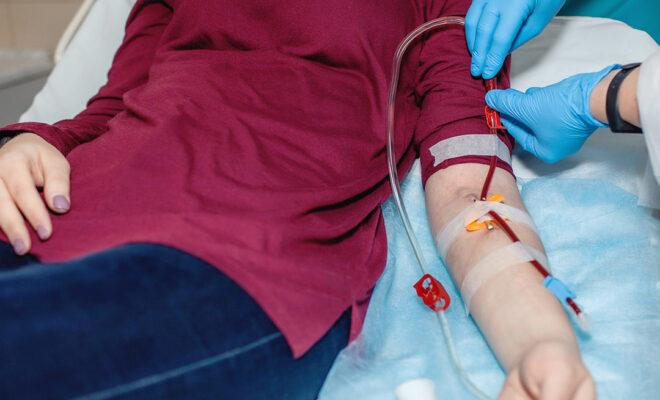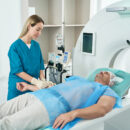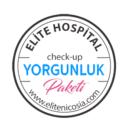Coronary Heart Disease

Coronary artery disease occurs as a result of fatty plaques containing cholesterol accumulating on the walls of the coronary arteries, which are the vessels that feed the heart, and clogging the artery over the years.
Coronary artery disease (cardiovascular disease) is one of the most common heart diseases and attracts attention with the life-threatening risks it poses. If it is not noticed in time and precautions are not taken, a process that can lead to a heart attack may occur.
*A Healthy Artery;
When the inner surface of a coronary artery is healthy, blood flows easily through this vessel. This ensures that your heart is fed with the oxygen it needs. In case of activity, healthy arteries can easily meet the increasing needs of the heart.
*With a Damaged Artery or Clogged Veins*
The inner layer of the artery may be damaged due to high cholesterol, high blood pressure, diabetes, genetic heart diseases or smoking. A heart attack (myocardial infarction) occurs when the narrowed artery is completely blocked by a clot. In the absence of oxygen-rich blood, the heart muscles in that area are permanently damaged.
Gradual blockage of the heart arteries due to atherosclerosis causes the heart muscle to become deprived of oxygen and leads to heart failure in the long term.
*What are the treatment methods?
Three different treatment methods are applied to patients diagnosed with cardiovascular disease. These are *medication, *percutaneous coronary interventions and open heart surgery. The patient and the doctor decide together on the most appropriate form of treatment.
Medication
Drug treatment differs in patients with undiagnosed (primary prevention) and those with diagnosed (secondary prevention) cardiovascular disease. Every cardiovascular patient needs to use 100-300 mg of aspirin every day. However, it is not recommended for every healthy individual to use aspirin.
*Coronary Angioplasty and Stent Applications*
The process of opening local narrowings in the heart vessels in a non-surgical way is called coronary angioplasty (opening the vessel with a balloon or stent (cage)).
bypass
Coronary artery bypass surgery allows the heart to be re-fed by creating another pathway beyond the blocked or narrowed artery. In case of more than one blocked vein, more than one bypass procedure is performed.
The vessels or grafts to be used for bypass are taken from the chest, heart or leg and connected to the blocked coronary artery. The most commonly used grafts are the mammary artery taken from the chest wall, the aorta taken from the arm, and the vein taken from the leg.
Minimally Invasive Methods
In endoscopic surgery, which is a minimally invasive technique, open heart operations can be performed through small incisions made in the chest area with special endoscopic devices. During the surgery, surgical instruments are completely under the surgeon's control.
With the endoscopic method, ablation procedures can be performed for coronary bypass, valve repairs, valve replacement procedures, closure of heart holes and rhythm therapy.

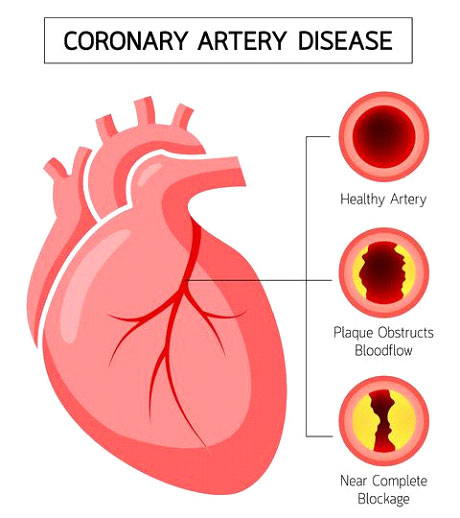
Dr. Cagin Zaim
Cardiac surgery
Contact Us For Appointment:
Telephone line: 0392 444 3548 (ELIT)
Contact Form: https://www.elitenicosia.com/iletisim/


